Featured Stories
Visit NASA Goddard News and Features for more stories
-
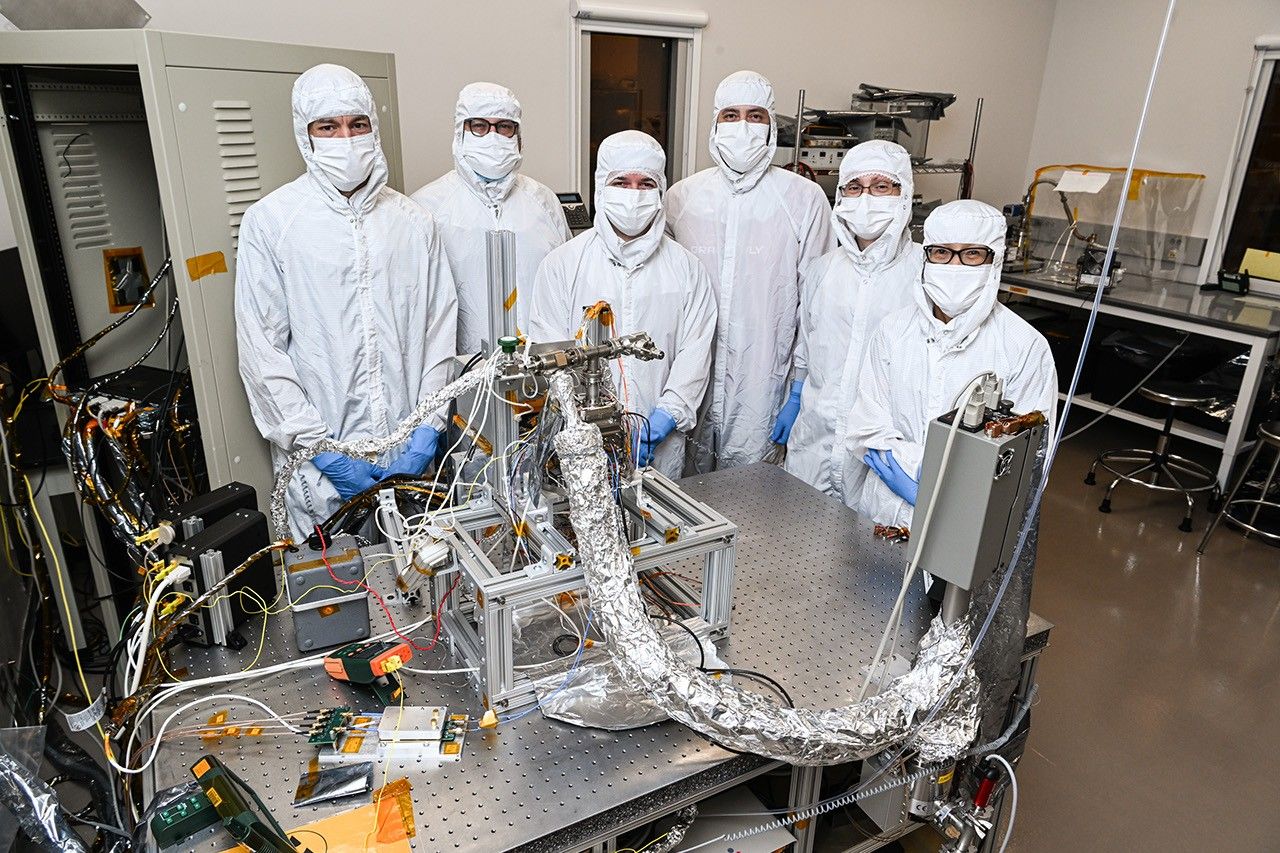
NASA’s Dragonfly Soaring Through Key Development, Test Activities
NASA’s Dragonfly mission has cleared several key design, development and testing milestones and remains on track toward launch in July 2028. Dragonfly, a car-sized, nuclear-powered rotorcraft being designed and built for NASA at…
-

NASA Installs Key ‘Sunblock’ Shield on Roman Space Telescope at Goddard SSDIF
Technicians have successfully installed two sunshields onto NASA’s Nancy Grace Roman Space Telescope’s inner segment. Along with the observatory’s Solar Array Sun Shield and Deployable Aperture Cover, the panels (together called the…
-
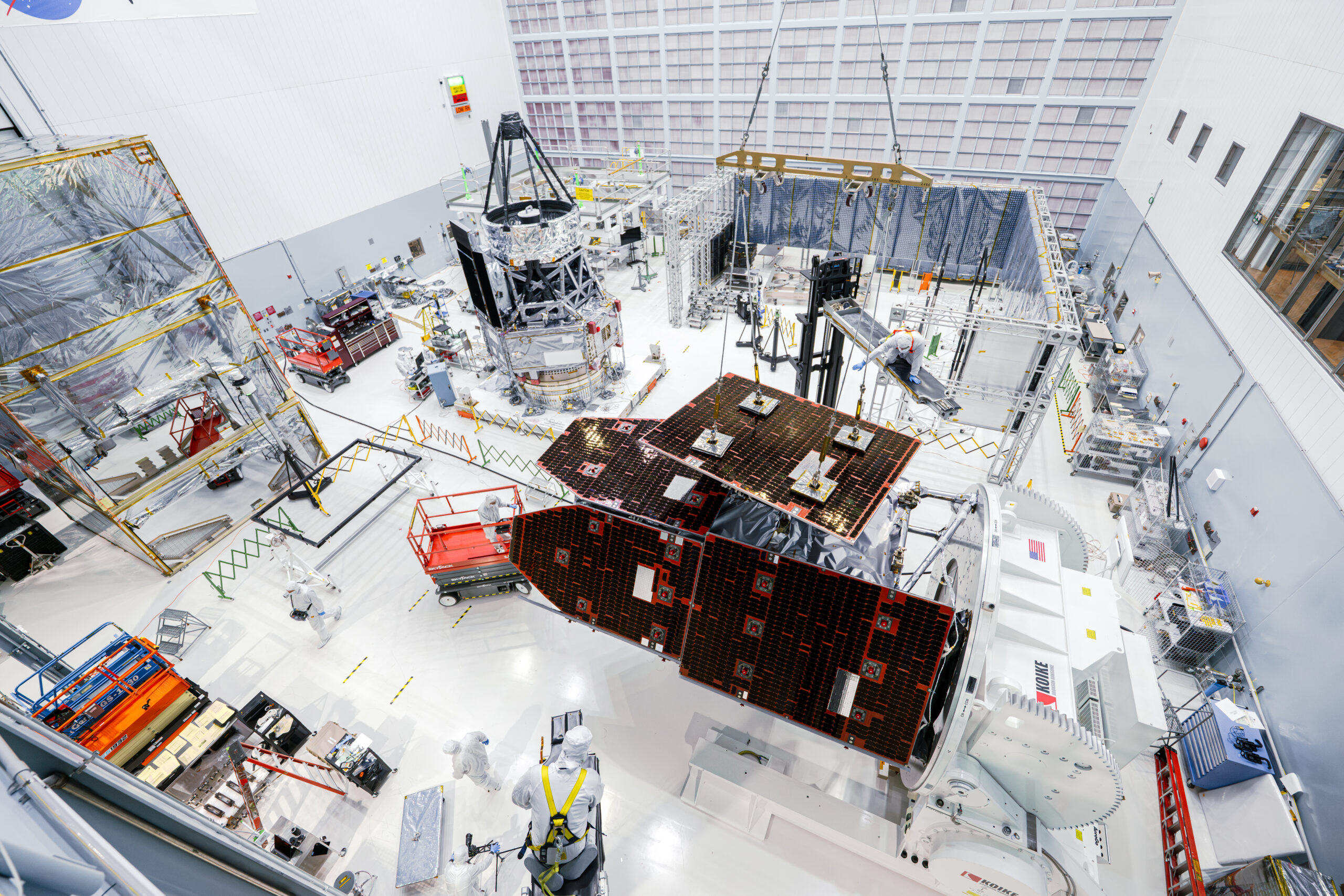
Goddard’s Roman Space Telescope Team Installs Observatory’s Solar Panels
On June 14 and 16, technicians installed solar panels onto NASA’s Nancy Grace Roman Space Telescope, one of the final steps in assembling the observatory. Collectively called the Solar Array Sun Shield, these panels will power and…
-

Core Components for NASA’s Roman Space Telescope Pass Major Shake Test
The core portion of NASA’s Nancy Grace Roman Space Telescope (RST) has successfully completed vibration testing, ensuring it will withstand the extreme shaking experienced during launch. Passing this key milestone…
-

Key Portion of NASA’s Roman Space Telescope Clears Thermal Vacuum Test
The Roman Space Telescope Outer Barrel Assembly/Solar Array Sunshield System/Deployable Aperture Assembly, known as OSD, completed Thermal Vacuum testing in the Building 10 Space Environment…
-

NICER Regains Additional Capabilities Thanks to Engineering Teams’ Detector Reconfigurations
A NASA X-ray telescope on the International Space Station called NICER, or Neutron star Interior Composition Explorer, has regained additional daytime observation capabilities…
-
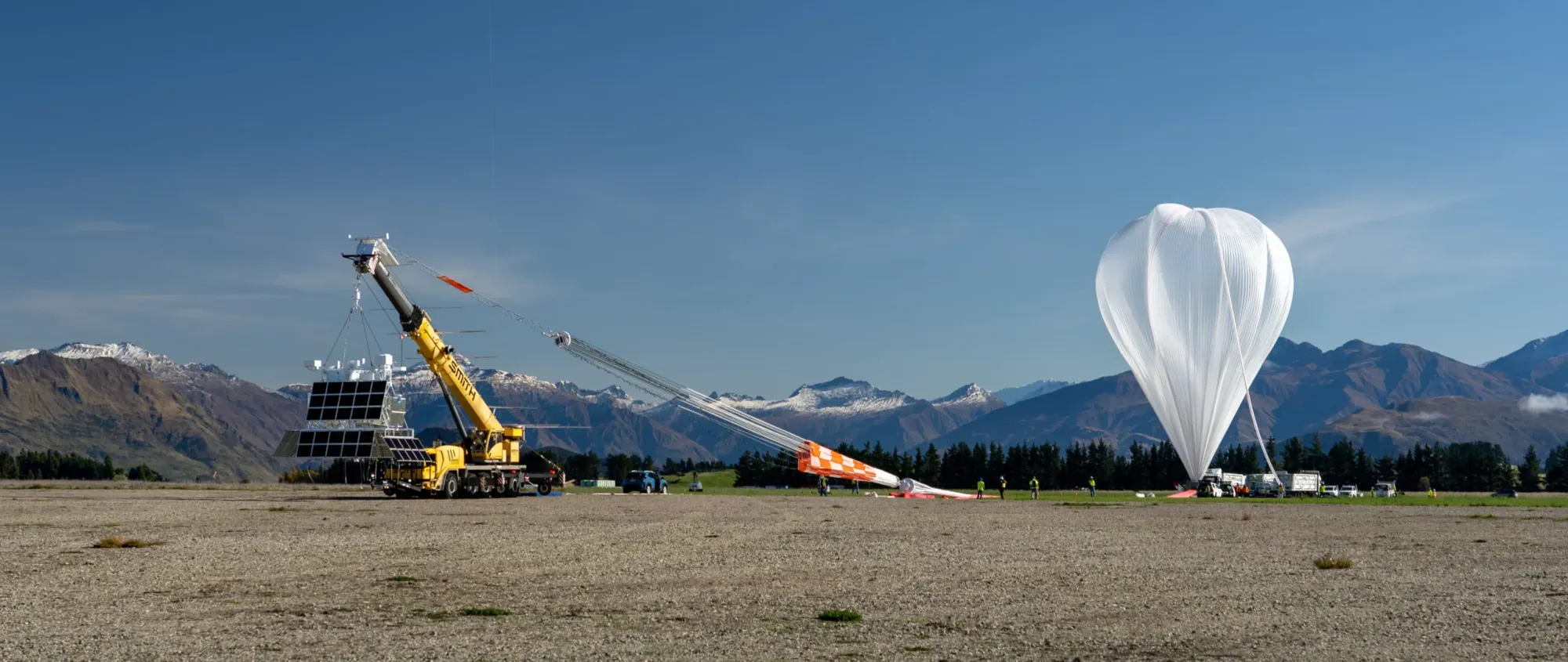
Wallops Collaborates on Groundbreaking Super Pressure Balloon Test Flights
NASA’s Scientific Balloon Program has returned to Wānaka, New Zealand, for two scheduled flights to test and qualify the agency’s super pressure balloon technology. These stadium-sized, heavy-lift balloons will travel the…
-
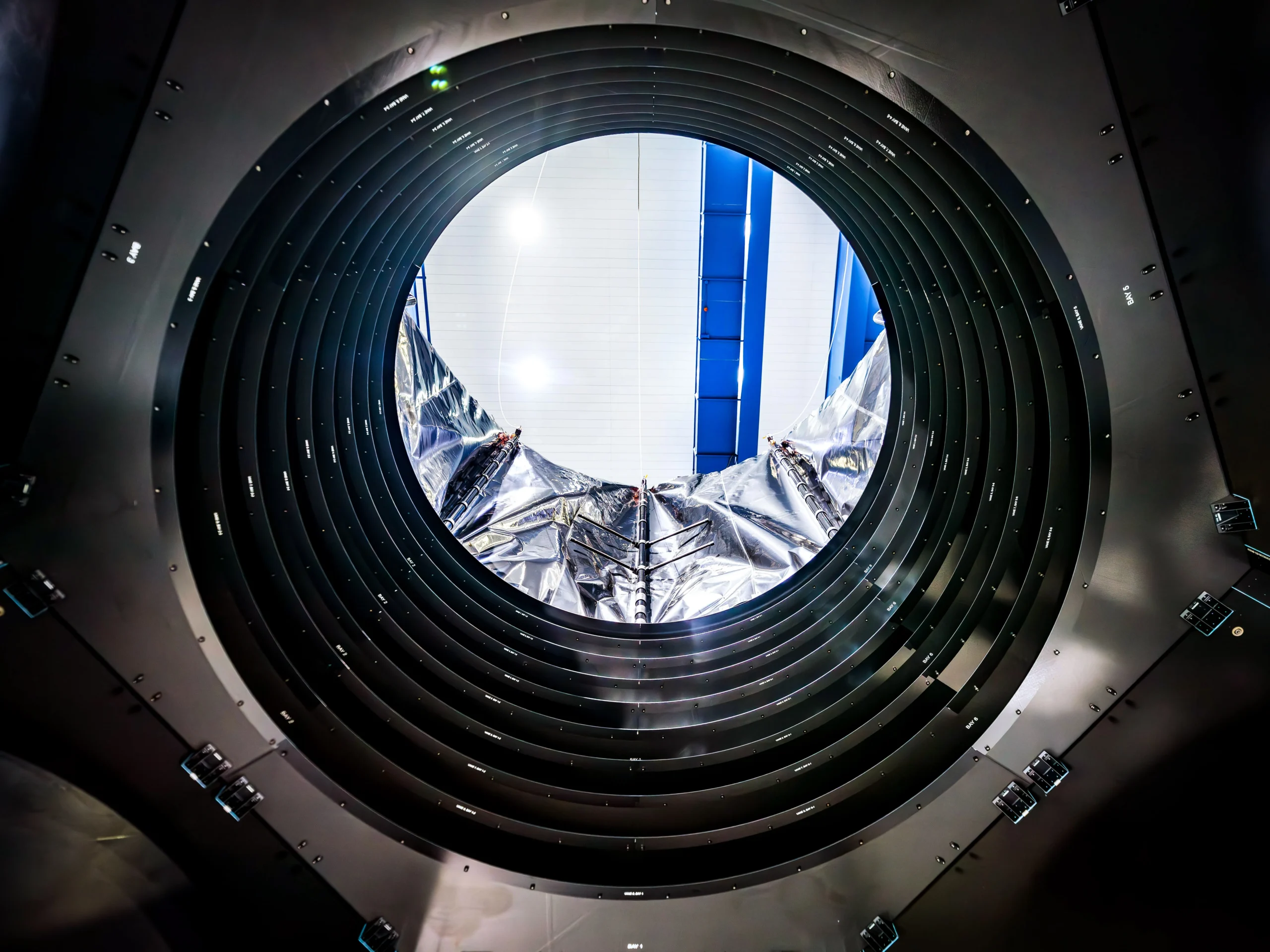
Goddard’s Roman Team Successfully Integrates the Deployable Aperture Cover
NASA’s Nancy Grace Roman Space Telescope team has successfully integrated the mission’s deployable aperture cover — a visor-like sunshade that will help prevent unwanted light from entering the telescope…
-
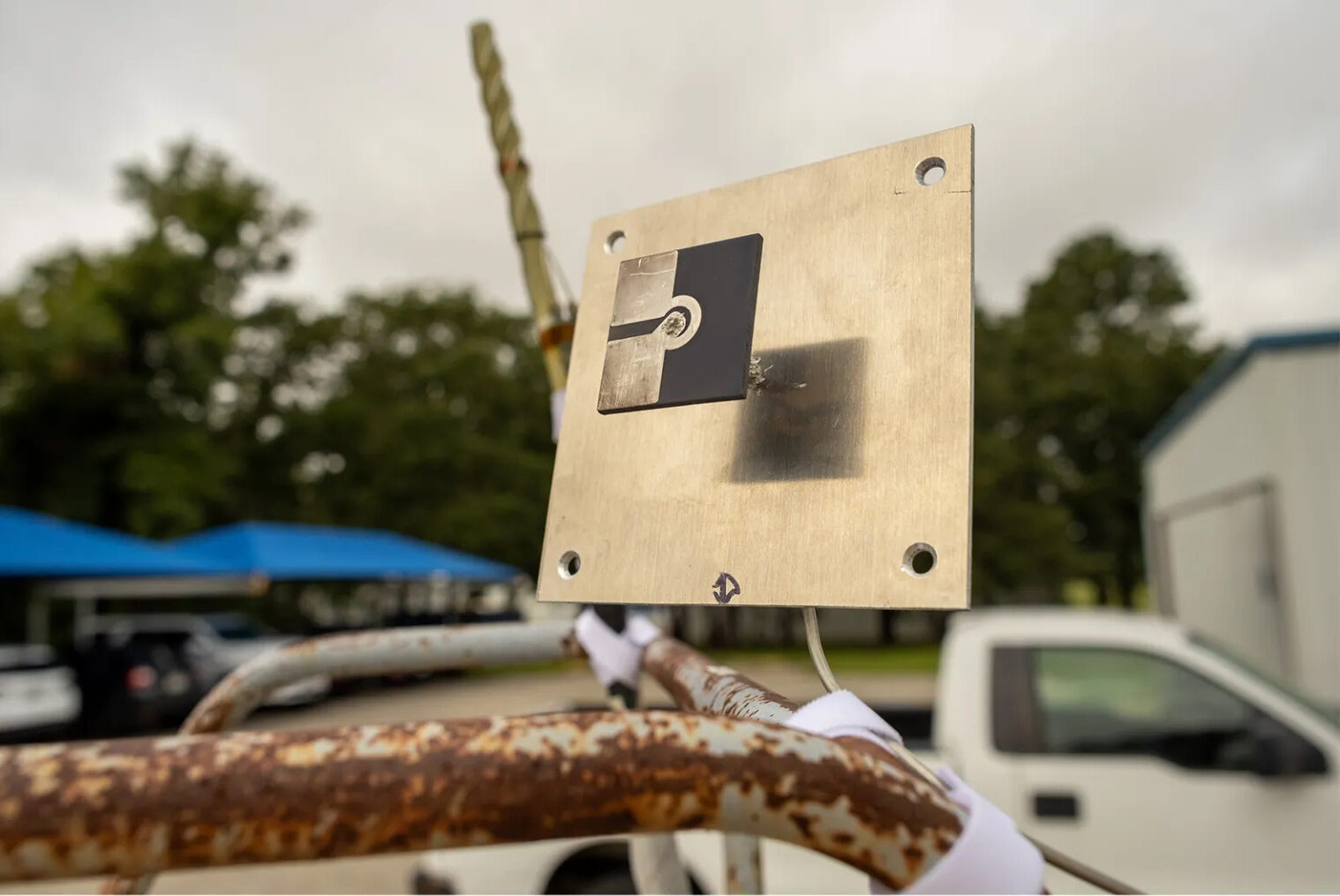
Goddard’s Electronics Group Designs NASA 3D-Printed Antenna
In fall 2024, NASA developed and tested a 3D-printed antenna to demonstrate a low-cost capability to communicate science data to Earth. The antenna, tested in flight using an atmospheric weather balloon, could open the…
-
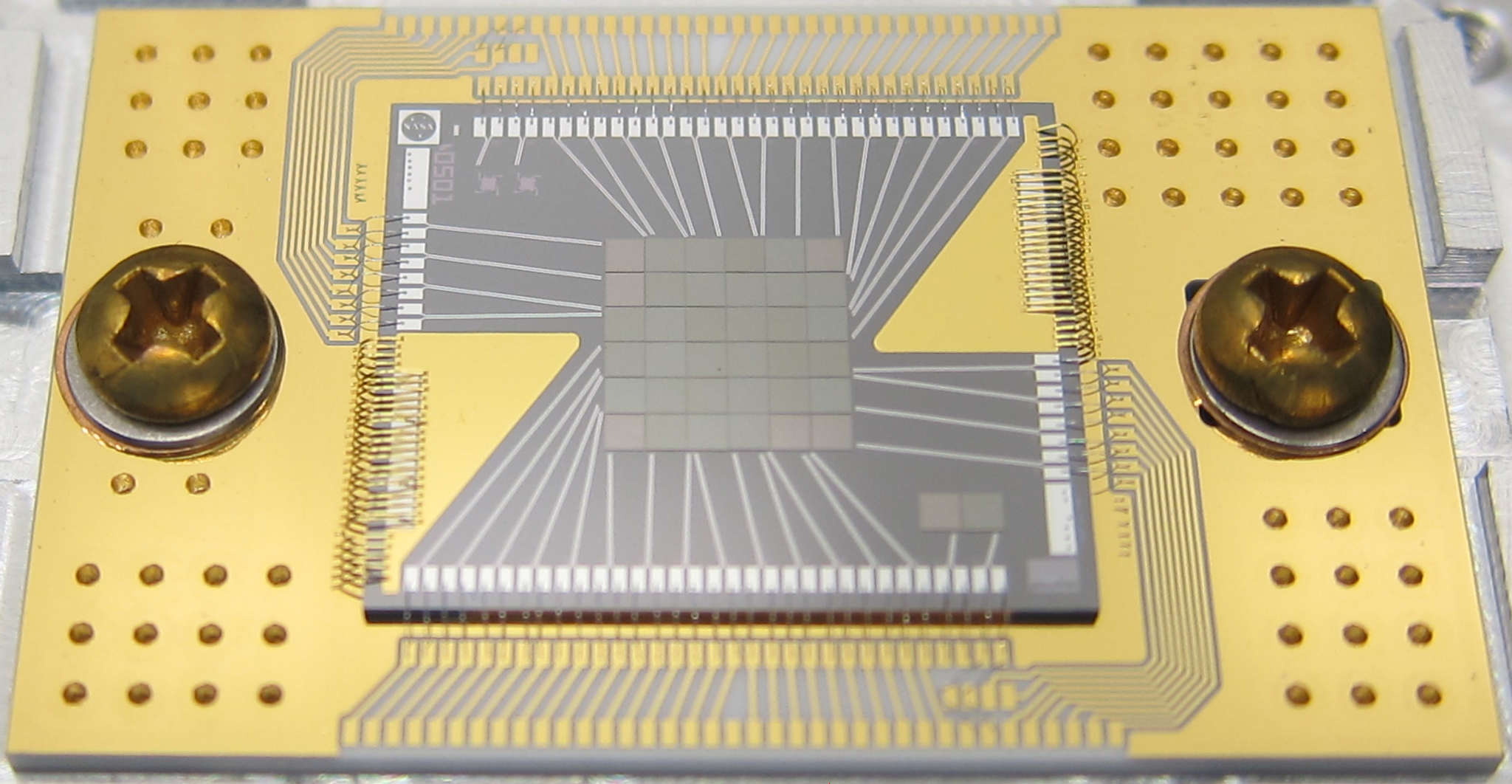
Very Cold Detectors Reveal the Very Hot Universe and Kick Off a New Era in X-ray Astronomy
X-rays are radiated by matter hotter than one million Kelvin, and high-resolution X-ray spectroscopy can tell us about the composition of the matter and how fast and in what direction it is moving. Quantum calorimeters are…
-
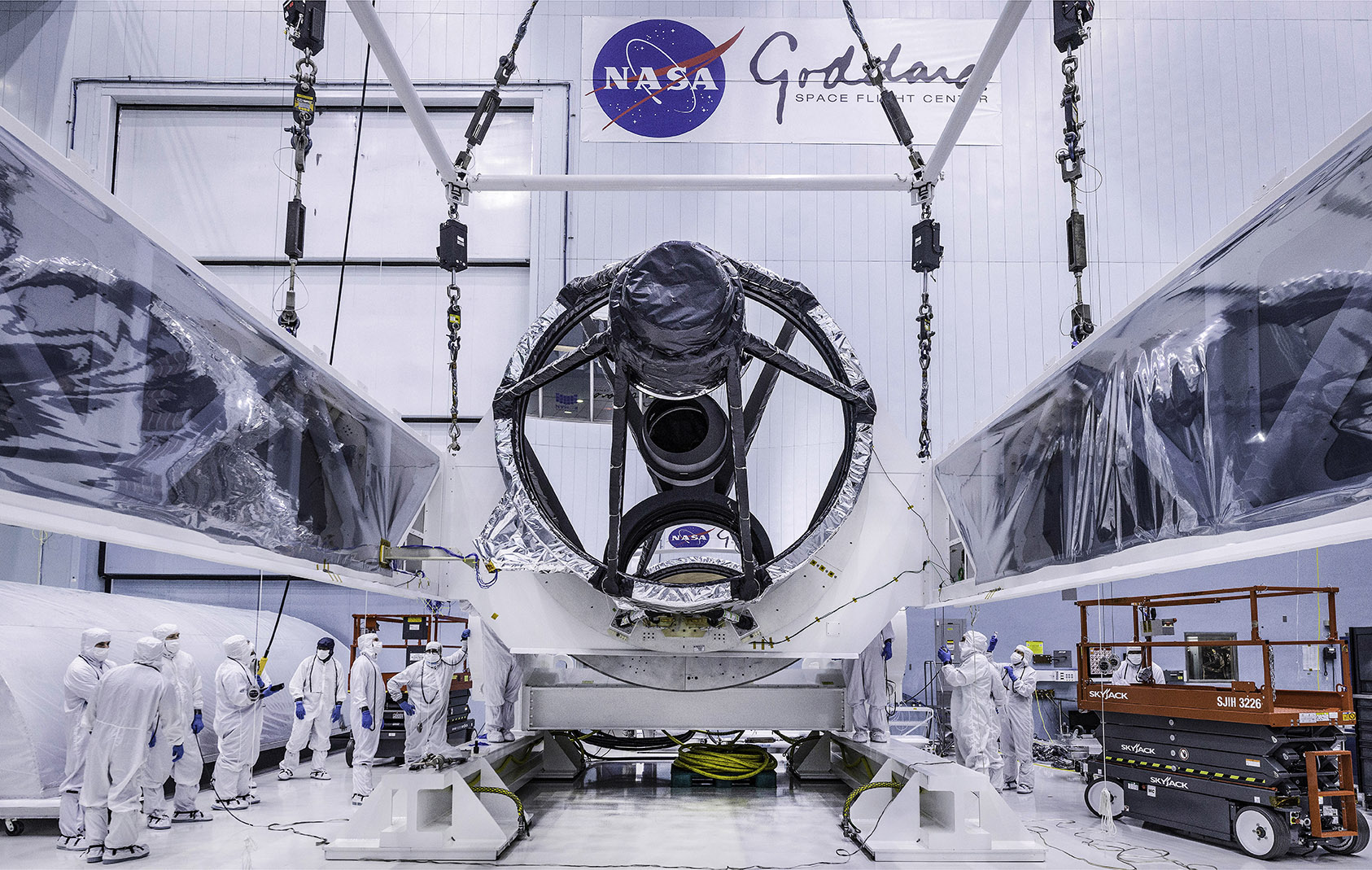
Telescope for Roman Mission Complete, Delivered to Goddard
NASA’s Nancy Grace Roman Space Telescope is one giant step closer to unlocking the mysteries of the universe. The mission has now received its final major delivery: the Optical Telescope Assembly, which includes a 7.9-foot (2.4-meter) primary mirror, nine additional mirrors…
-

Leaders in Lidar Series
In this series, we dive into the legacy of Goddard’s lead role in developing laser altimetry, which has revolutionized the way we map our planet, the Moon and other planets. Each chapter looks at the successes and failures of these lidar instruments, beginning with the Mars Observer Laser Altimeter in the late 1980s…
-
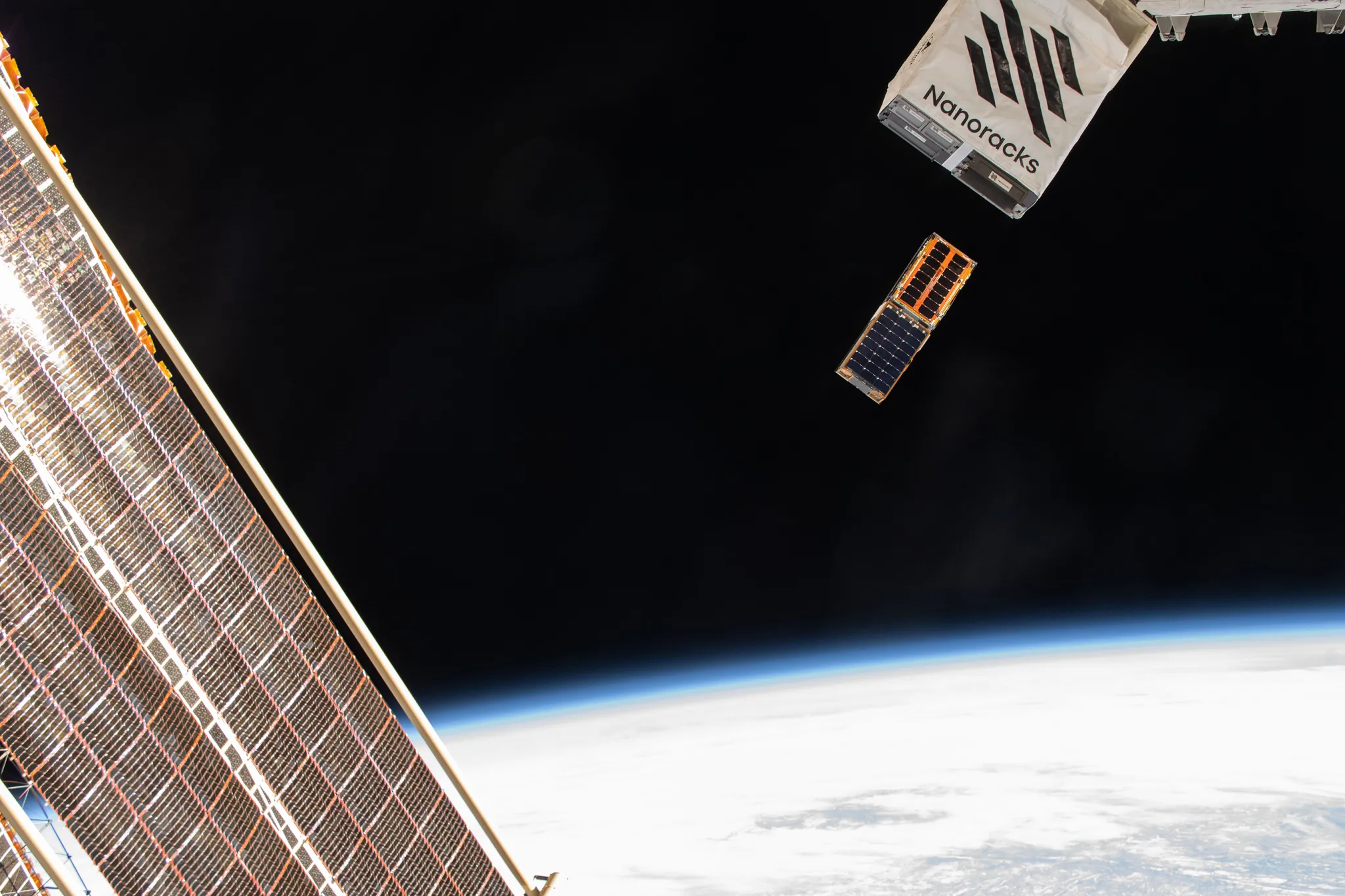
NASA’s Mini BurstCube Mission Detects Mega Blast
The shoebox-sized BurstCube satellite has observed its first gamma-ray burst, the most powerful kind of explosion in the universe, according to a recent analysis of observations collected over the last several months. “We’re excited to collect science data,” said Sean…
-
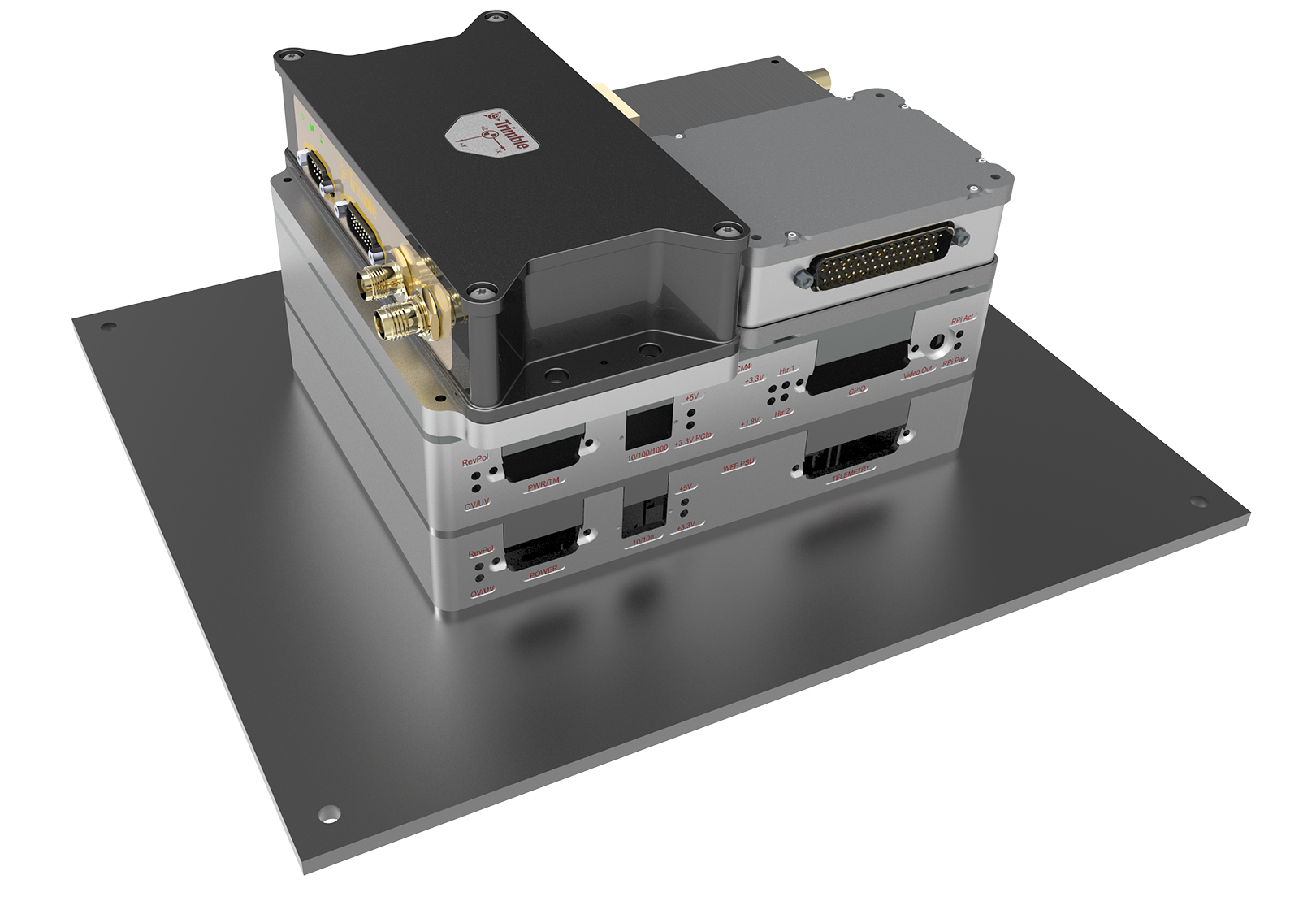
Big Science Drives Wallops’ Upgrades for NASA Suborbital Missions
Large amounts of data collected by today’s sensitive science instruments present a data-handling challenge to small rocket and balloon mission computing systems. “Just generally, science payloads are getting larger and more…
-

Compact Infrared Cameras, Developed at Goddard, Enable New Science
A new, higher-resolution infrared camera outfitted with a variety of lightweight filters could probe sunlight reflected off Earth’s upper atmosphere and surface, improve forest fire…
-

AR Speeds Spacecraft Construction at Goddard
Technicians armed with advanced measuring equipment, augmented reality headsets, and QR codes virtually checked the fit of some Roman Space Telescope structures before building or moving them through facilities at NASA’s…
